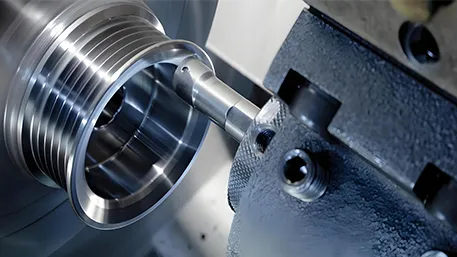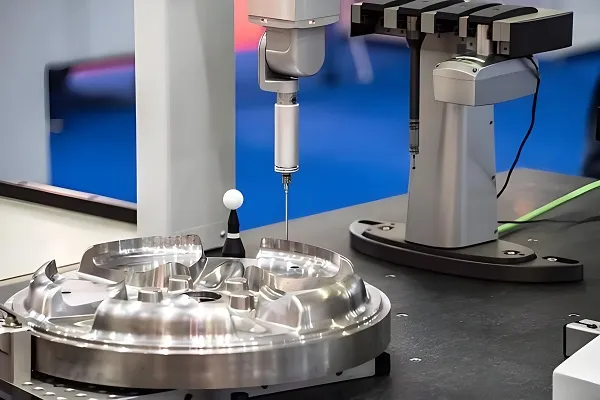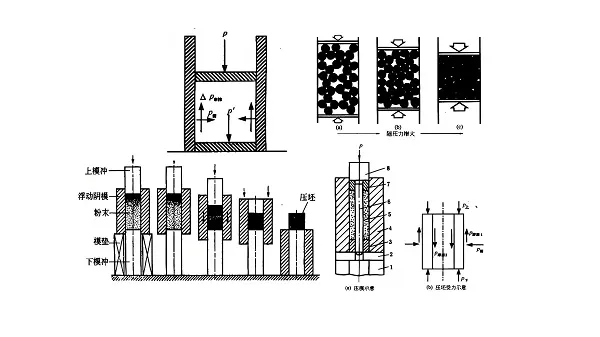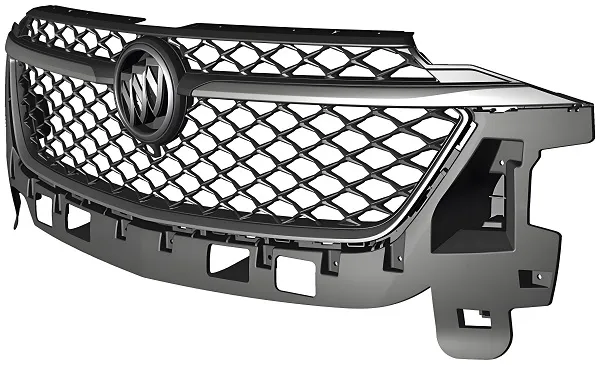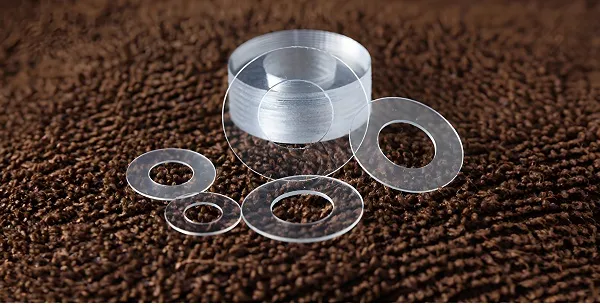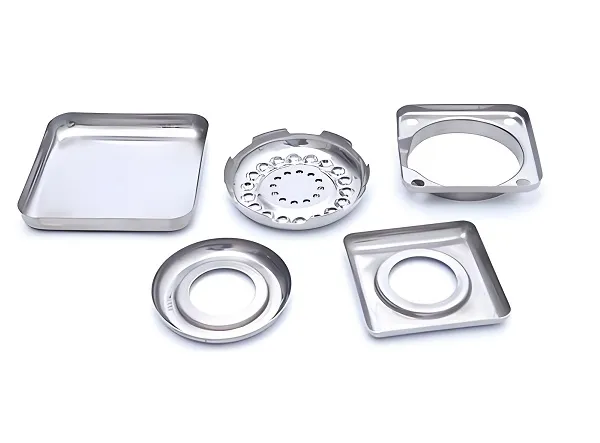In the vast world of machinery manufacturing, injection molding systems have become an indispensable core equipment for the production of plastic products due to their high efficiency, precision and diversity. An injection molding system, as the name implies, is a system in which molten plastic is injected into a mold through injection molding technology, cooled and cured to form a product of the desired shape. This article will explore the definition of injection molding systems, operational details, application areas, significant advantages and answers to frequently asked questions, with the aim of presenting readers with a comprehensive and scientific overview of injection molding systems.
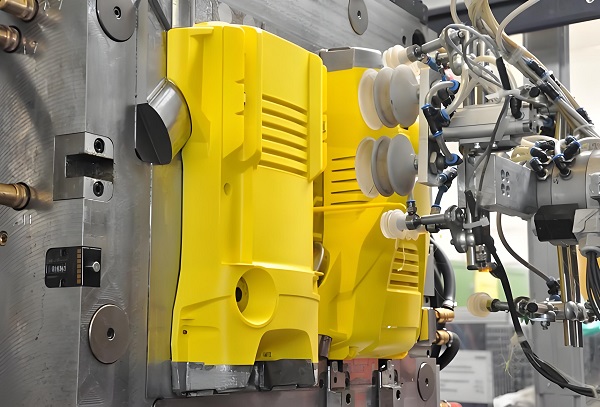
1. Overview of Injection Molding Systems
An injection molding system, also known as an injection molding system, is mainly composed of an injection molding machine and its supporting equipment. The injection molding machine, as the core, integrates a number of subsystems such as injection system, mold closing system, hydraulic transmission system, electrical control system, heating and cooling system, and so on. Among them, the injection system is responsible for injecting molten plastic into the mold cavity at high pressure and high speed; the mold closing system ensures the accurate closing and opening of the mold, providing a stable environment for plastic molding. The hydraulic transmission system provides power support for the injection molding machine, and the electrical control system realizes the automation and intelligent management of the whole injection molding process.
2. Operation details of injection molding system
The operation process of the injection molding system is highly precise and complex, usually including the following key steps:
2.1 Preheating and Charging: Firstly, the injection molding machine needs to preheat the barrel to make the plastic reach the molten state. Subsequently, the plastic pellets are fed into the barrel via a charging device.
2.2 Injection and Pressure Holding: In the injection stage, the screw or plunger pushes the molten plastic into the mold cavity at high pressure and high speed. After the injection is completed, it enters the holding pressure stage, where pressure is continuously applied to compensate for the shrinkage of the plastic and ensure the denseness of the product.
2.3 Cooling and demolding: the plastic inside the mold gradually solidifies under the action of the cooling system. After the products are cooled to a sufficient rigidity, the mold closing system opens and the ejector mechanism ejects the products from the mold.
2.4 Automatic control: Modern injection molding machines are generally equipped with advanced electrical control systems, supporting manual, semi-automatic and fully automatic operation modes. Through the preset program, the injection molding machine can automatically complete all the above steps to achieve efficient and continuous production.
3.Application of Injection Molding System
Injection molding systems are widely used in automotive, electronics, medical, packaging, toys and many other industries. In the automotive field, injection molding systems are used to produce components such as instrument panels, bumpers, door interior panels, etc. In the electronics field, they are used to manufacture precision components such as cell phone cases, keypads and connectors. Its diversified applications not only meet the market’s diverse needs for plastic products, but also promote the rapid development of related industries.
4. Advantages of injection molding system
Efficient production: injection molding system can achieve high-speed, continuous production, significantly improving production efficiency.
Precise molding: Through precise mold design and injection process control, the injection molding system can produce products with precise size and smooth surface.
Wide material adaptability: injection molding systems can process a wide range of thermoplastics and thermosets to meet the material requirements of different products.
High degree of automation: Modern injection molding machines are equipped with advanced electrical control systems and automation devices, reducing the difficulty of manual operation and labor intensity.
Injection Molding System FAQ
Q1: How does the injection molding system ensure the quality of products?
A1: The injection molding system ensures uniform flow and full curing of the plastic in the mold through precise control of process parameters such as injection pressure, speed, temperature and holding time, so as to ensure the quality of the products.
Q2: How does the injection molding system adapt to different shapes and sizes of molds?
A2: The injection molding system has a high degree of flexibility to adapt to the needs of different shapes and sizes of molds by adjusting the installation position of the molds, replacing molds of different specifications and adjusting the injection process parameters.
Q3: How can the injection molding system avoid the production of scrap during the production process?
A3:Injection molding system in the production process need to strictly control the quality of raw materials, mold design, injection molding process parameters and other factors, and at the same time to strengthen the maintenance and repair of equipment, in order to reduce the production of scrap and improve production efficiency.
Conclusion
As an important part of modern manufacturing industry, injection molding system plays an important role in various fields with its high efficiency, precision and diversification. With the progress of science and technology and the continuous development of the market, the injection molding system will continue to move forward in the direction of intelligence and automation, contributing to the transformation and upgrading of the manufacturing industry and high-quality development.

